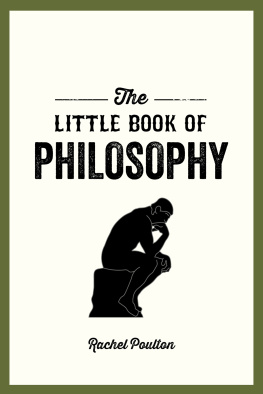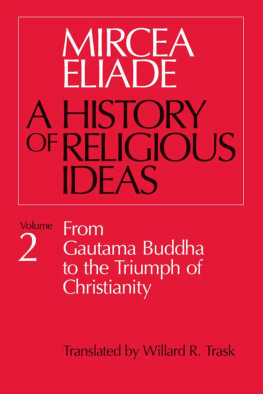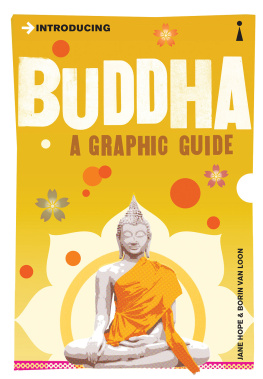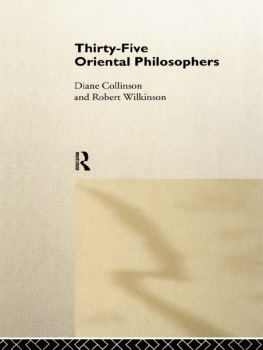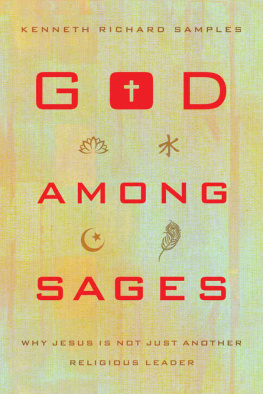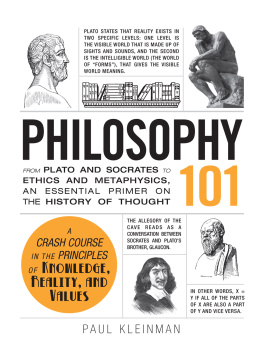The Age of the Sages
The Axial Age in Asia and the Near East
Mark W. Muesse
Fortress Press
Minneapolis
THE AGE OF THE SAGES
The Axial Age in Asia and the Near East
Copyright 2013 Fortress Press. All rights reserved. Except for brief quotations in critical articles or reviews, no part of this book may be reproduced in any manner without prior written permission from the publisher. Visit http://www.augsburgfortress.org/copyrights/ or write to Permissions, Augsburg Fortress, Box 1209, Minneapolis, MN 55440.
Cover image: Zoroaster image Torea Frey; Prince Siddharta, the Buddha, Gandhara, from Peshawar, Pakistan, Gandhara style, second century CE, Marble, Erich Lessing / Art Resource, NY; Statue of Confucius, Chinatown, New York, NY, Vanni Archive / Art Resource, NY
Cover design: Tory Herman
Library of Congress Cataloging-in-Publication Data
Print ISBN: 978-0-8006-9921-5
eBook ISBN: 978-1-4514-3861-1
The paper used in this publication meets the minimum requirements of American National Standard for Information Sciences Permanence of Paper for Printed Library Materials, ANSI Z329.48-1984.
Manufactured in the U.S.A.
This book was produced using PressBooks.com.
For Dhammika Swarnamali Muesse
My wife, teacher, and friend
Contents
The Age of the Sages is unlike most other introductory books in the study of religion. Most foundational religious studies texts approach their subject in one of a few basic ways. Some works focus on a single tradition, such Islam, Buddhism, or Christianity. Books of this sort usually unfold chronologically, starting from the traditions inauguration (or shortly before) and proceeding historically to the present. The advantage of this general method is that it permits the study of a single religious tradition in some depth. If the books approach is chronological, it adds the very important dimension of showing how a religion evolves over time. Without a historical perspective, one might be led to think that religious traditions are relatively static and that devotees of a particular religion believe and practice the same things. As someone whose job is to interpret religions, I am frequently asked questions such as What do Hindus believe? The truest answer one can give to a question like that is that Hindus believe-and have believed-many different things throughout their history. The same answer, of course, could be offered for all the worlds major religions. Thus, one of the dangers in not taking historical development into account is that the great diversity manifested in all religions gets neglected. Focusing on the evolution of a single tradition can avoid that pitfall. The disadvantage to the single-tradition approach, however, is that it rarely allows for comparisons with other religions. Without the comparative dimension, one might be misled into believing that a particular religious tradition is completely unique or that it develops independently of other domains of culture or other religions. The comparative method ensures that a religious tradition is interpreted against the larger background of human experience beyond the specific religion under study.
Another kind of religious studies text takes the comparative approach seriously but in so doing sacrifices much of the depth one gains from studying the historical development of a single tradition. Many textbooks for introductory courses in world religions are structured in this manner. Such books are designed for courses in which one might spend the first two weeks on Hinduism, then two weeks on Buddhism, two days on Jainism, a week for the Sikhs, three weeks on Chinese religions, and so forth. The benefit of this method is the opportunity it affords to study traditions side by side to see how they differ and compare. It is difficult truly to understand any religionincluding, and perhaps especially, ones ownwithout such comparisons and contrasts. In the same way that studying another language enables one to recognize the taken-for-granted features of ones native tongue, so too does the comparative study of religions bring to consciousness the dimensions of religious belief and practice that usually escape our notice. One might be tempted to think that all religions posit the existence of a creator god until one encounters a tradition like Buddhism, in which belief in god plays no role in accounting for the existence of the universe. Similarly, one could assume that Jesus originated the Golden Rule until one finds that Confucius uttered essentially the same principle five centuries earlier. In the words of Max Mller, one of the first comparativists of religion, He who knows one, knows none.
But the problem with the comparative approach of most textbooks is that each religion receives such short shrift that its treatment is often shallow and its historical development is glossed over or insufficiently addressed. Furthermore, a religions evolution in the larger context of its culture can be easily neglected. Thus, one fails to see how traditions are related to other aspects of their social setting, such as art, economics, politics, and education. Because it lacks adequate attention to historical development, this two-weeks-per-religion approach can also disregard the ways in which religious traditions frequently influence and shape one another. This is also a hazard of the single-tradition method. In fact, one of the least appreciated aspects of the worlds religions is the extensive ways in which they interact. To cite some small examples: Prayer beads seem to have originated among the Hindus and later adopted by Christians, Buddhists, Sikhs, and Muslims. Karma and rebirth are ideas shared by Jains, Hindus, Sikhs, and Buddhists, who appropriated these concepts in very different ways relative to one another. The Roman Catholic Church canonized a Saint Josaphat, who was a fictionalized character based on the life of the Buddha. Such instances of cross-fertilization between religions can easily be ignored when ones approach tends to focus on religious traditions in isolation from one another.
The present volume adopts a different approach. By examining the evolution of Asian religions over a six-hundred-year span known as the Axial Age (800200 BCE) and against the background of their preaxial settings, we will have the opportunity to study religions both comparatively and developmentally. This method aims to combine the benefits of considering the historical evolution of religions, as championed in the single-tradition approach, with the benefits of regarding religious traditions in comparative fashion. The comparative dimension allows us to view how different religions respond to similar historical and social circumstances and to see the mutual interaction of religions in proximity to one another. But by limiting the time frame and the number of religions we cover, we gain a measure of depth in our investigation and connect them more fully with their social and political contexts. Thus, we will neither attempt to study all the major religions of the world, as most comparative introductions do, nor provide a comprehensive account of their historical developments, as many single-tradition introductions do. Rather, we shall examine several of the principal religions of Asia during a particularand particularly importantperiod.
The great value of this book, however, derives not simply from the approach it adopts but from the era on which it is focused. The Axial Age, as we shall see, is simply one of the most intriguing periods in religious history. No other six-hundred-year epoch compares with its spiritual and philosophical richness. It is called axial because it marks a decisive turn in the evolution of the human spirit; it profoundly shaped who we are today, and it continues to offer us great insight for the living of our lives well over two thousand years later. It has lessons to teach us about the nature and function of religion in human experience as well as valuable guidance for the twenty-first century, whether we consider ourselves religious or not.


